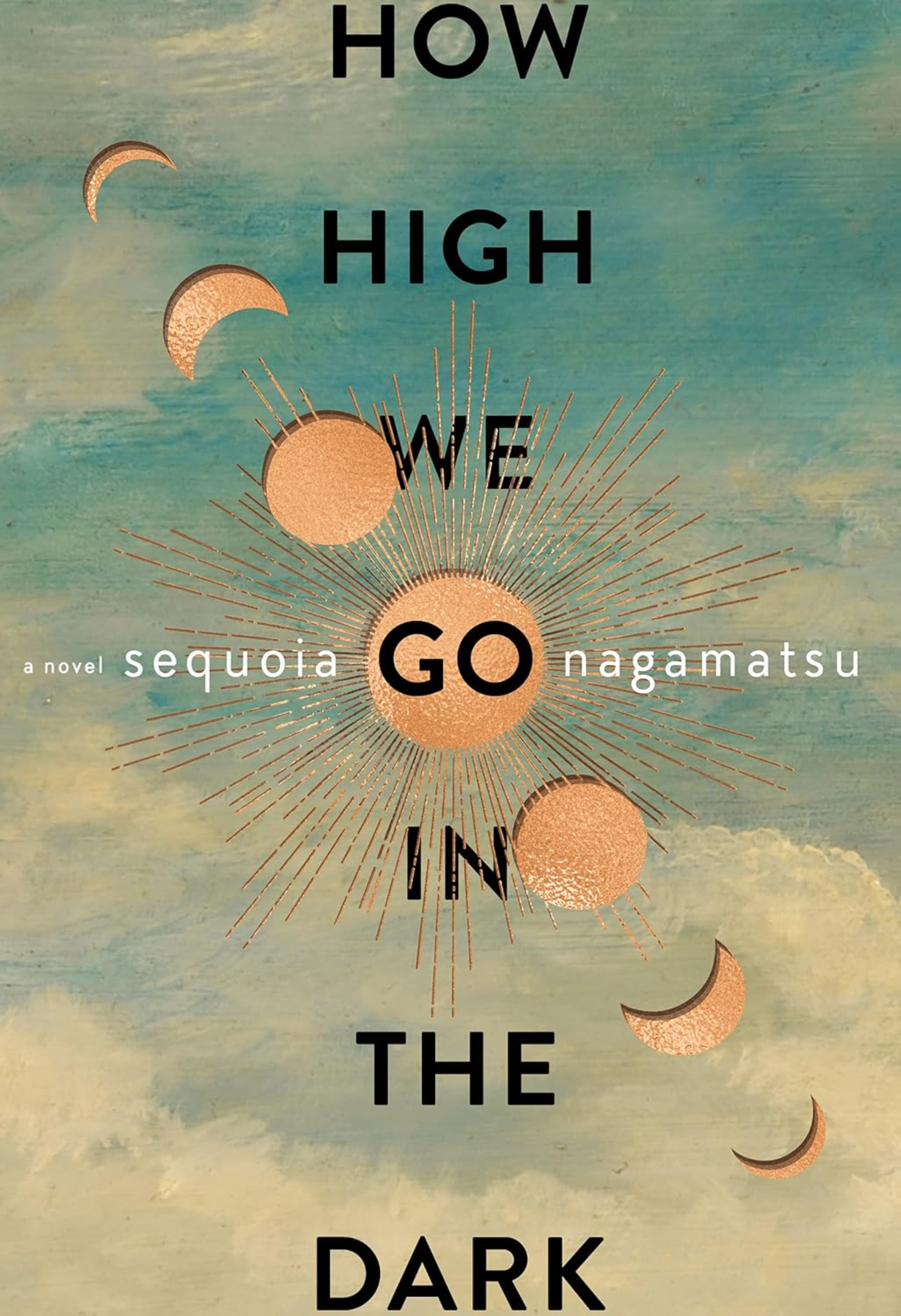In How High We Go in the Dark, Sequoia Nagamatsu examines the global impact of a pandemic, specifically the mysterious Arctic Plague. Set against the backdrop of planetary disaster, the novel spans thousands of years, beginning in the near future of 2030 and extending into a distant future marked by interplanetary migration. Central to the narrative is the Arctic Plague, unleashed by the melting permafrost of the Arctic, a virus that, while reminiscent of COVID, proves far more catastrophic, with apocalyptic consequences.
Nagamatsu structures the novel as a series of interconnected stories, each exploring the impact of the pandemic across different times and places. In one of these, “City of Laughter,” the protagonist Skip works at a euthanasia theme park, offering infected children one last day of joy before euthanizing them. This chilling scenario underscores the pandemic’s devastating toll and how it exacerbates existing social divides and systemic inequities. In the end, the novel reflects on how communities and human connections endure through catastrophic crises, raising questions about the human capacity for adaptation in the face of profound loss.

Citation: Nagamatsu, Sequoia. How High We Go in the Dark. William Morrow, 18 January 2022. SCIENCE FICTION, DYSTOPIAN, 2018 – 2020 | US. am/jb/ig
Source Type: Fiction
Country: United States
Date: 01-Jan-2018
Keywords: Death, Dystopian Fiction, Euthanasia, Japanese American, Pandemic Fiction, Pandemic Short Stories, and Science Fiction